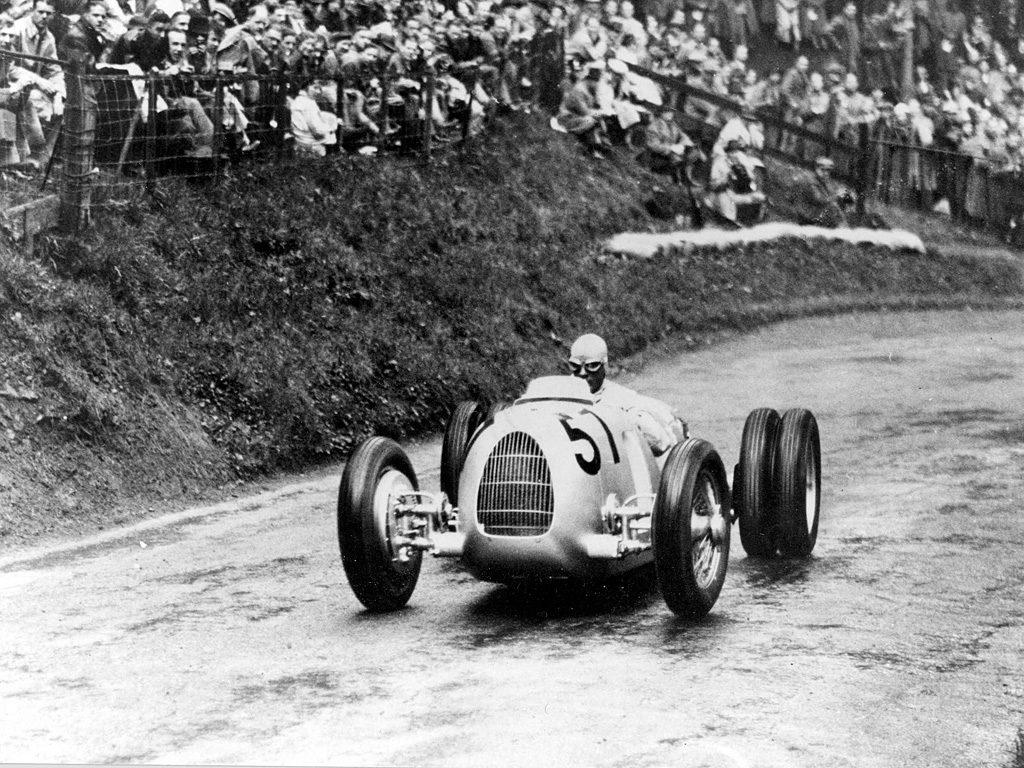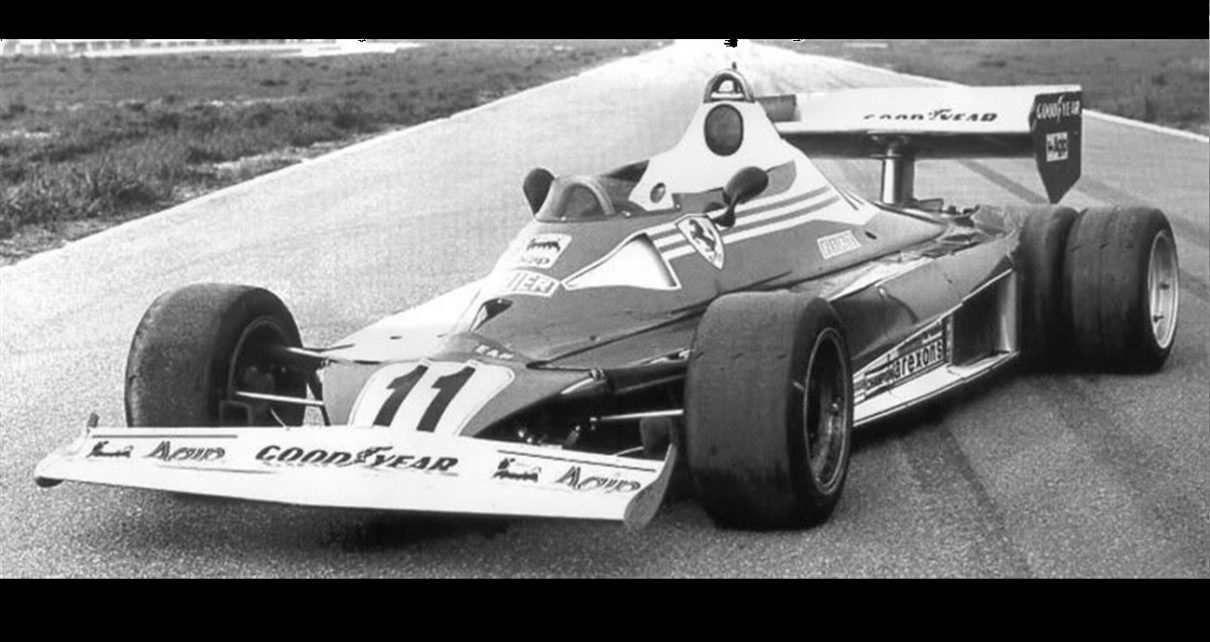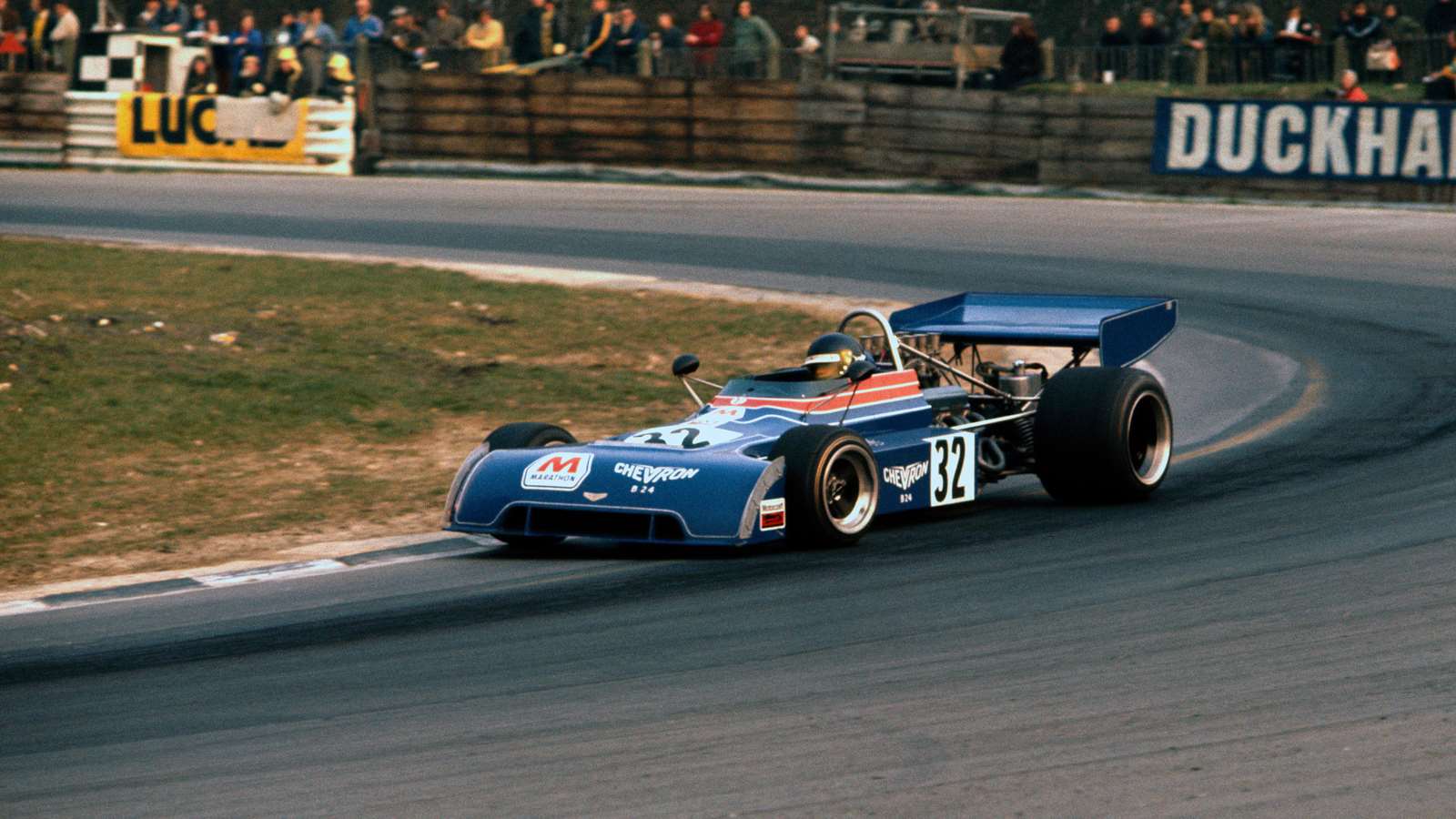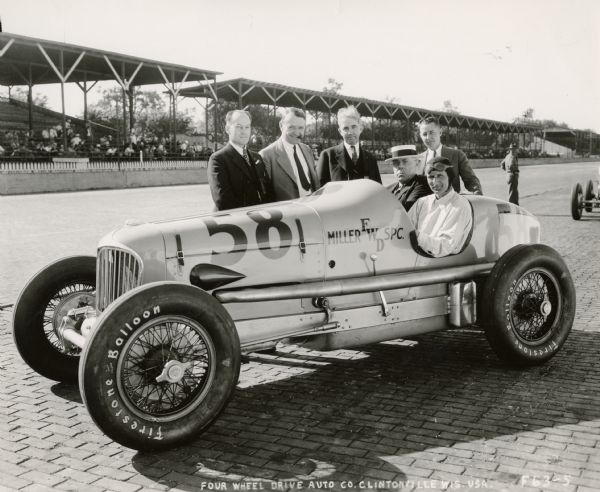
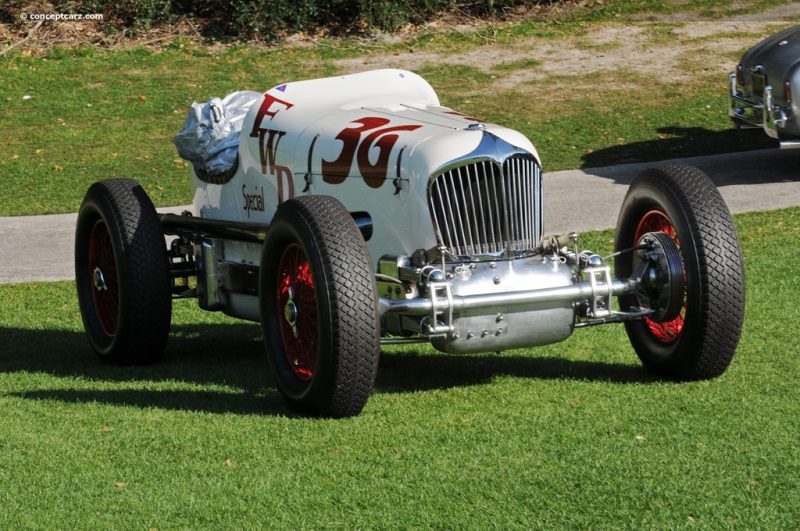
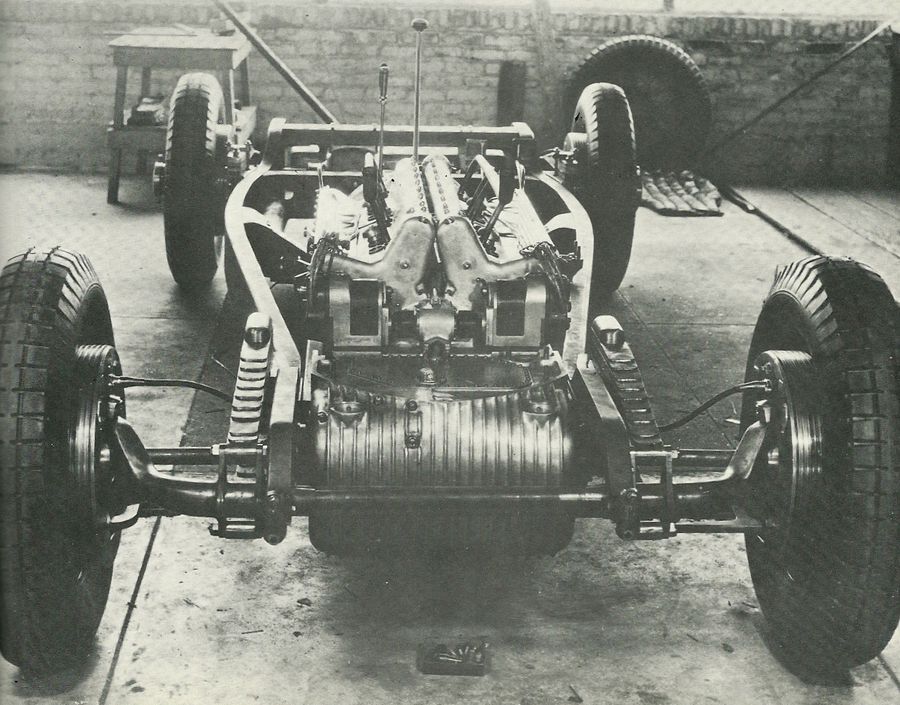
I was watching a clip on YouTube over the weekend about the Pre-War Bugattis - more or less about the lead up to the dominant Type 35 & the development up to the Type 51.This is the 1st installment of a promise I made to document the history of four wheel drive racers which qualified and raced at the Indy 500.

1932 Miller Four Wheel Drive - the first 4WD Indy car
Two of these cars competed in in 1932. One car competed from '33 through '37. Best finish 3rd by Ted Horn in '37.
The other car went to Europe, to the 1934 Tripoli Grand Prix where it was driven by Peter De Paolo. The car finished in 7th position. This race marked the first time a 4WD was used in Grand Prix competition. It also raced in the Avus GP at Berlin. Both were non-championship GPs.


Running gear the same as Indy car, frame is for road going version. Note DeDion front axle. Engine is 308 cid DOHC V-8. For 1934 and beyond, the V-8 engine was replaced by a Miller-designed '255' 4-cylinder unit.
The front wheel drive system was revolutionary. The cars built by Harry Miller were often works of genius. Cars built by Miller won the Indy 500 nine times (plus three additional victories with his engines in other chassis). They accounted for 83 percent of the Brickyard's fields between 1923 and 1928.
4WD and front drive were desirable at Indy due to oil spilled on the track routinely from engine crankcase breathers, causing poor handling on the slippery brick track. Front drive cars scored numerous victories, but that's another story.



NASCAR teammates only: Dale Earnhardt -> Mike Skinner -> Kevin Harvick -> Kurt Busch -> Jamie McMurray -> Juan Pablo Montoya.Dale Earnhardt Sr and Juan Pablo Montoya
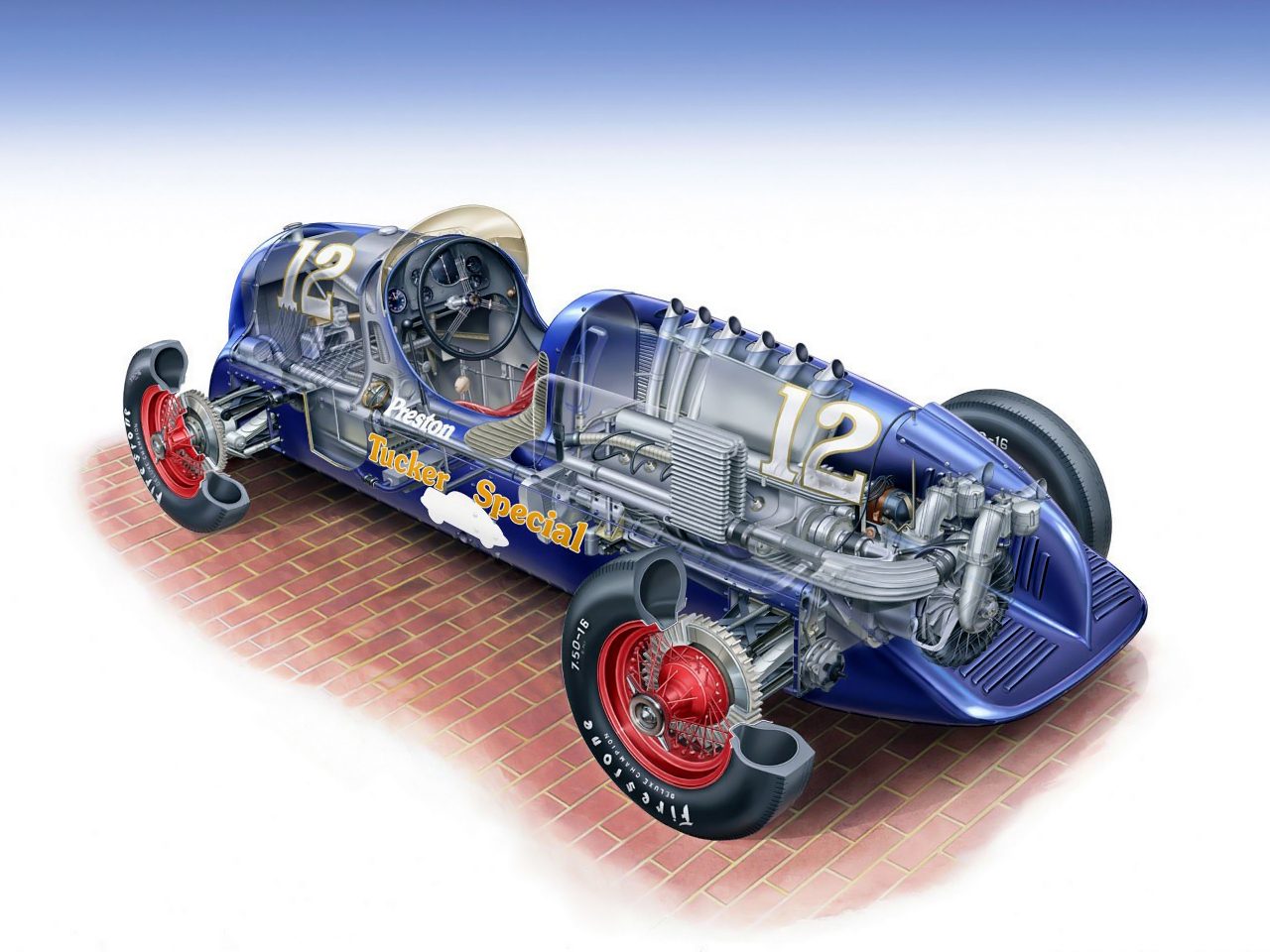
Actually, you were right about that too.Oh, that's right. It's not that it had two engines, it was rear-engined way before the 60s. Very impressive.
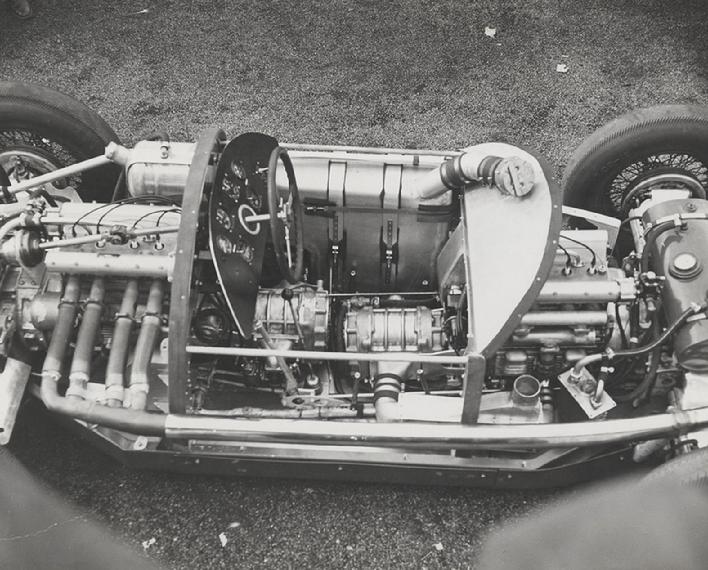
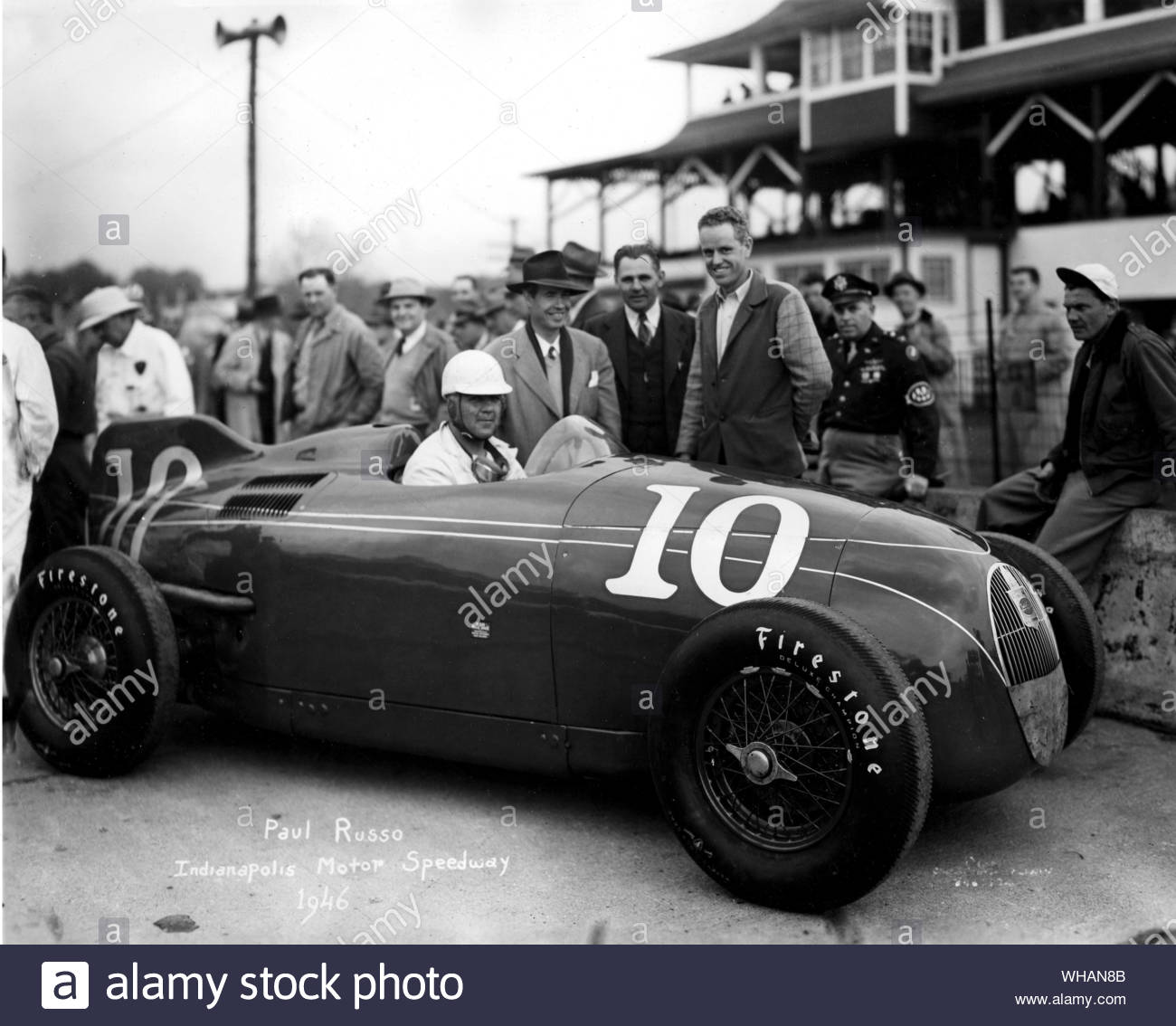
The heat in the cockpit must have been hellish.

Has anybody got close to an answer yet? I'll post my route tomorrow evening if nobody can get close.Marc Marquez > Ott Tänak > Lewis Hamilton
So I decided to have a go at 2019 MotoGP champion to 2019 World Rally Champion to 2019 Formula 1 Champion.
Marc Marquez > Ott Tänak > Lewis Hamilton
I can get from Marquez to Hamilton via Tanak in 8. Good luck!
I managed to get from Tanak to Hamilton in one less driverNot a bad question
1. Marquez > Lorenzo (2019)
2. Lorenzo > Rossi (2008-10, 2013-16)
3. Rossi > H. Solberg (2008 Wales Rally GB)
4. H. Solberg > Tanak (2011 Wales Rally GB)
5. Tanak > Sordo (2020)
6. Sordo > Raikkonen (2010)
7. Raikkonen > Alonso (2014)
8. Alonso > Hamilton (2007)
Had to check the WRC links, the crossover points between disciplines were fairly obvious though.
Someone else can take my spot.



The excellent Furguson 4WD system was used on the two very next cars on our list!I had Ferguson in mind just as a 4WD constructor. Did not know that they built an indy car.
Lotus 56 is one & I think a Lola is the other.The excellent Furguson 4WD system was used on the two very next cars on our list!
Gee, I wonder what those were?
Hint: The were both associated with Andy Granatelli and STP, both were designed by Englishmen, and both had turbines.



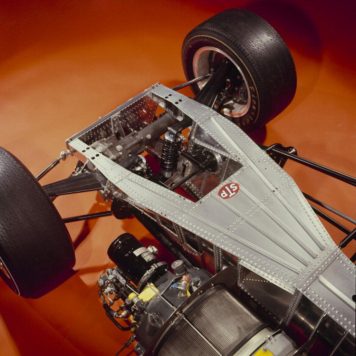

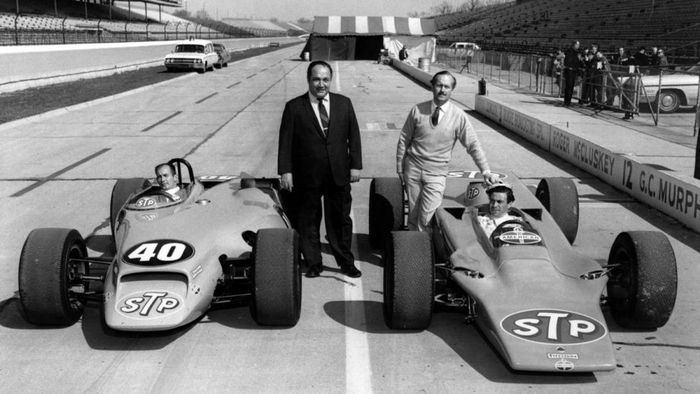
@Liquid
Next on our list of 4WD Indy cars is the English built P104 Ferguson-Novi, entered as the Studebaker STP in the 1964 500, driven by Bobby Unser. In 1965 it was entered as the STP Gas Treatment Special, qualifying 8th and classified 19th, not completing the distance. The fabled Novi engine, 2.75 liters and centrifugally supercharged, developed as much as 837hp compared to the standard Offy 420hp, but was heavy, thirsty, unreliable and hard to drive.

STP Novi Indycar
The story goes that Stirling Moss was invited (by Dan Gurney?) to Indy to demonstrate the Ferguson P99 to Mr. Granatelli. It's speed and easy handling through the corners convinced the STP man to go ahead with the P104 project. Moss has been quoted as saying P99 was the best handling GP he ever drove, and his favorite.@Liquid
This is the evolution of the only 4wd car to win a Formula 1 Grand Prix, the Ferguson-Climax P99.
Stirling Moss drive that car to victory at Oulton Park in a non-championship race in 1961.
The P104 was commissioned for the Brickyard as @Dotini posted. Unfortunately, Mr Ferguson (Harry?) didn’t get to see it race, passing away only months before the big race.
Despite the non-championship win & the wrap from one S.Moss, it was about 7 or 8 years before the idea of 4wd came back to F1.The story goes that Stirling Moss was invited (by Dan Gurney?) to Indy to demonstrate the Ferguson P99 to Mr. Granatelli. It's speed and easy handling through the corners convinced the STP man to go ahead with the P104 project. Moss has been quoted as saying P99 was the best handling GP he ever drove, and his favorite.
Note: The P99 was the last front engine car to win a GP, albeit non-championship.
Well, John Miles scored 10th in the '69 British GP with a Lotus 63.Despite the non-championship win & the wrap from one S.Moss, it was about 7 or 8 years before the idea of 4wd came back to F1.
Lotus, McLaren, Matra & Cosworth tried the idea before concluding there was no real benefit in a F1-type car.
In any case the FIA banned it anyway.
Off the top of my head I can’t recall the best results for a 4wd in F1. @Dotini ?

